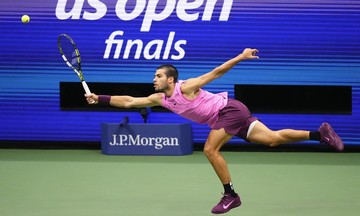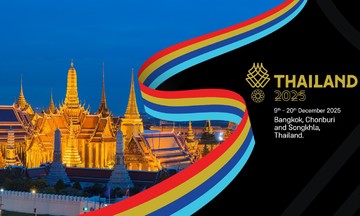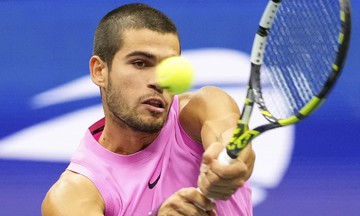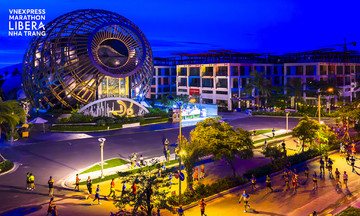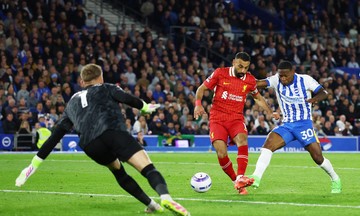The 2025 VnExpress Marathon Can Tho took place on 14/9 with over 9,000 runners participating in 5 km, 10 km, 21 km and 42 km races. This was the first time Vietnam's largest marathon series came to the Mekong Delta. The city's riverine landscape, dense traffic, and limited alternative routes made designing the course more complex than in other locations.
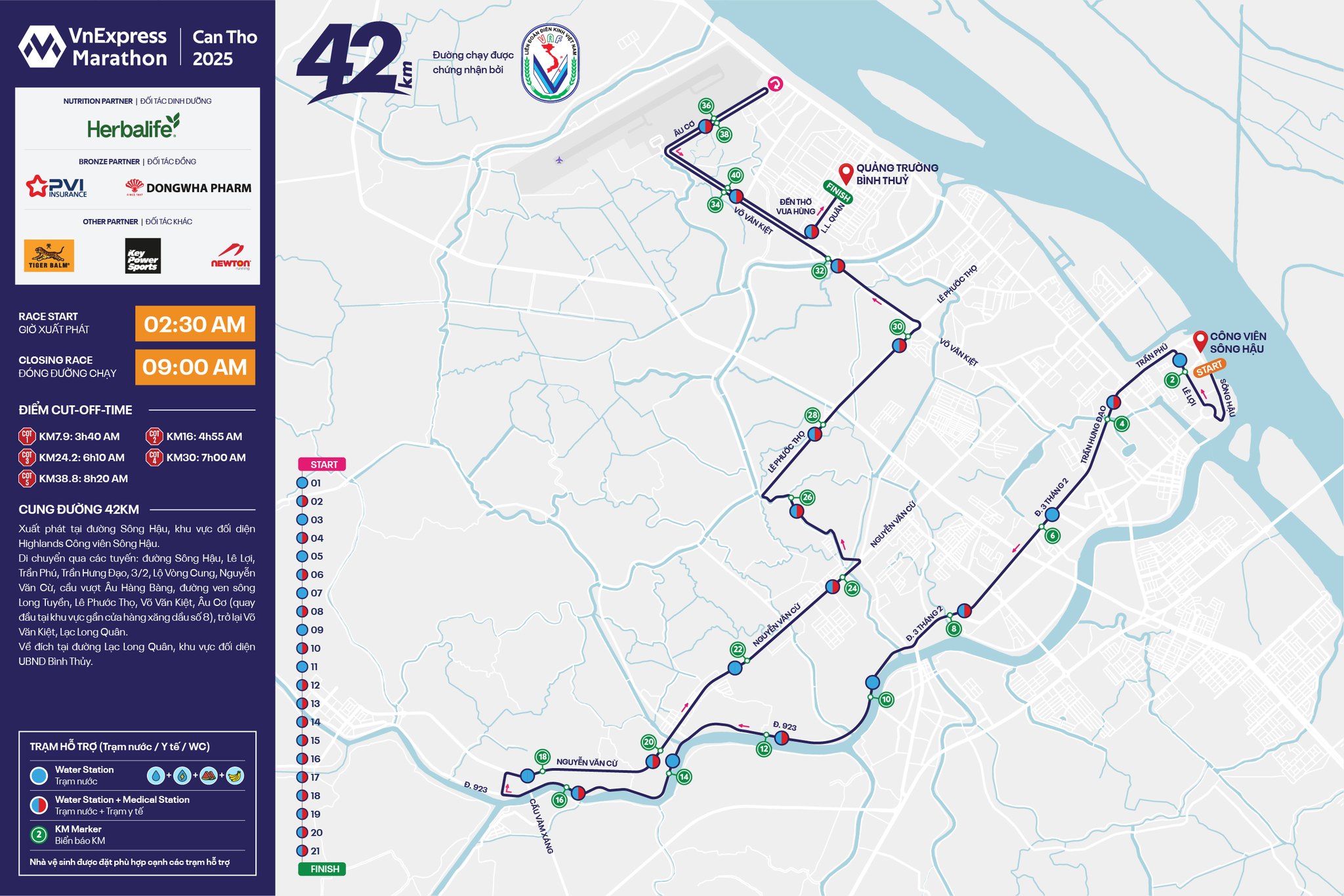 |
The VM Can Tho route crosses 14 bridges. Photo: Huy Phong |
Organizers analyzed data from previous races in Can Tho, along with experiences from races in Hanoi, Hue, and Quy Nhon. Their goal was to create a safe route for runners while minimizing disruption to residents.
This year's route traverses 14 bridges, a hallmark of the "Western Capital." The 42 km finish line was placed outside the city center to alleviate traffic congestion. All races started early in the morning to avoid traffic and heat.
The organizers collaborated with local authorities to ensure effective traffic management. In addition to the standard safety protocols of the VnExpress Marathon series, specific operational measures were implemented for the Can Tho race, including flexible barricades at intersections and adjusted road closure times.
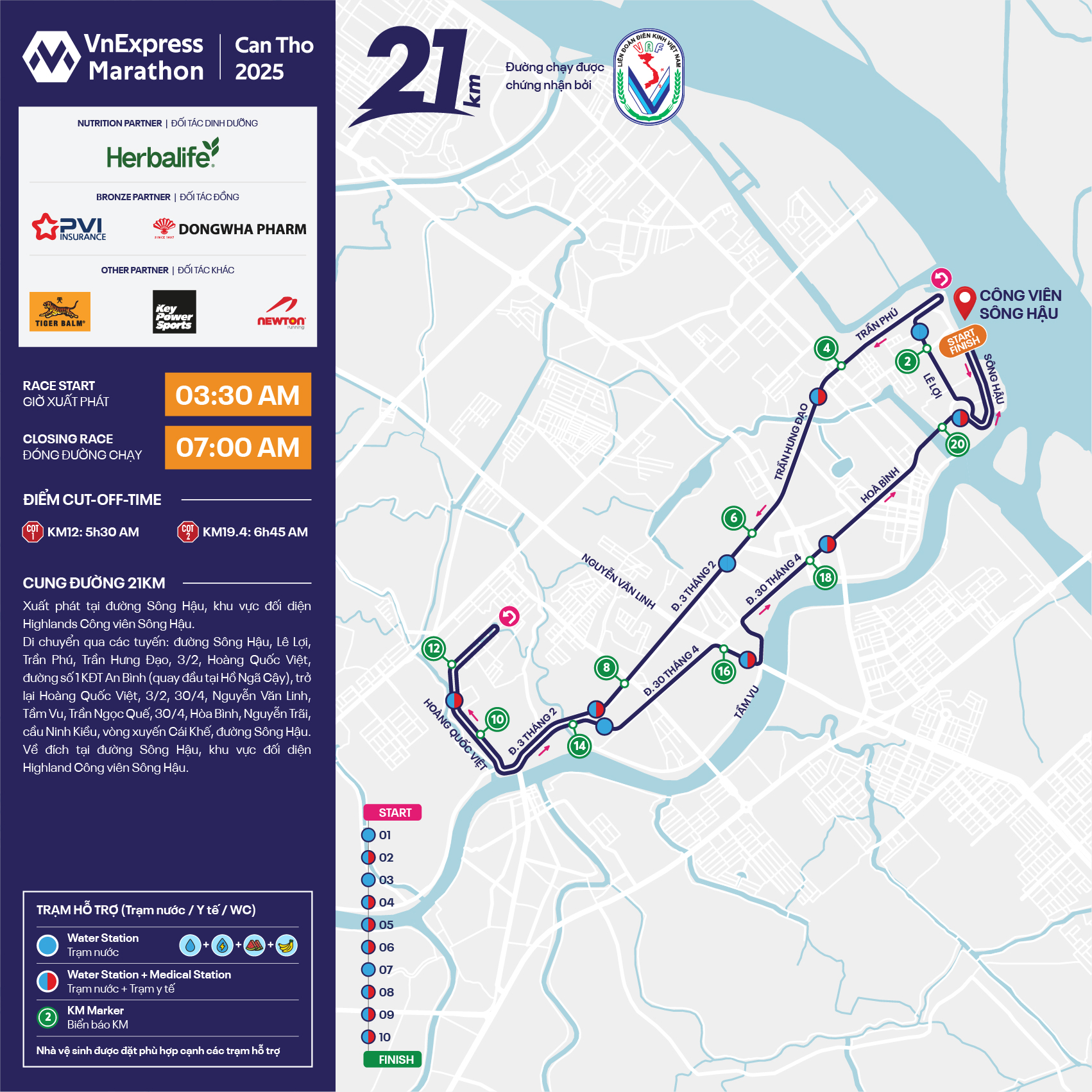 |
Locals and tourists alike will experience the unique characteristics of the Mekong Delta along the race route. Photo: Huy Phong |
The 42km route has a different finish point.
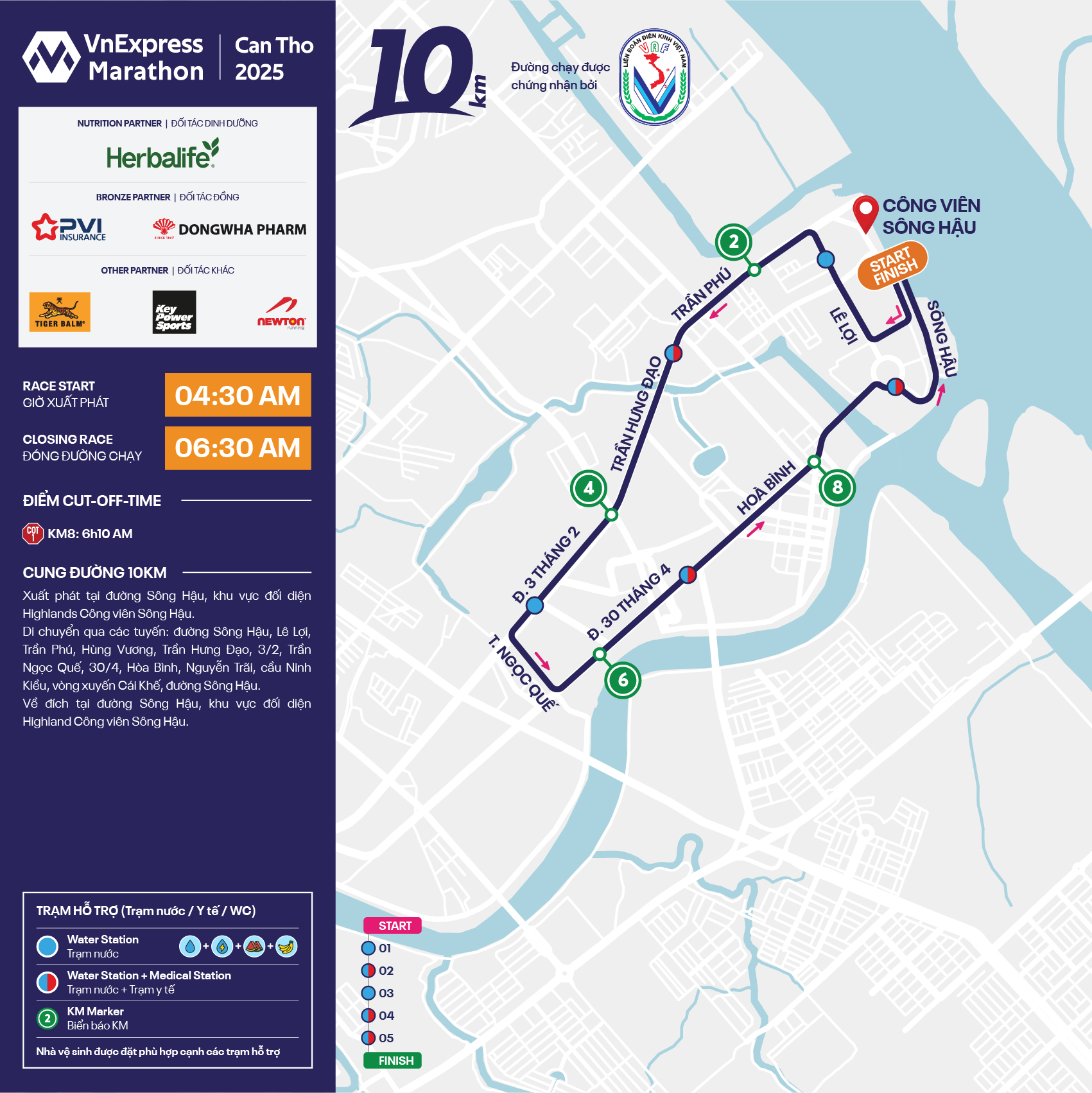 |
The 21km route.
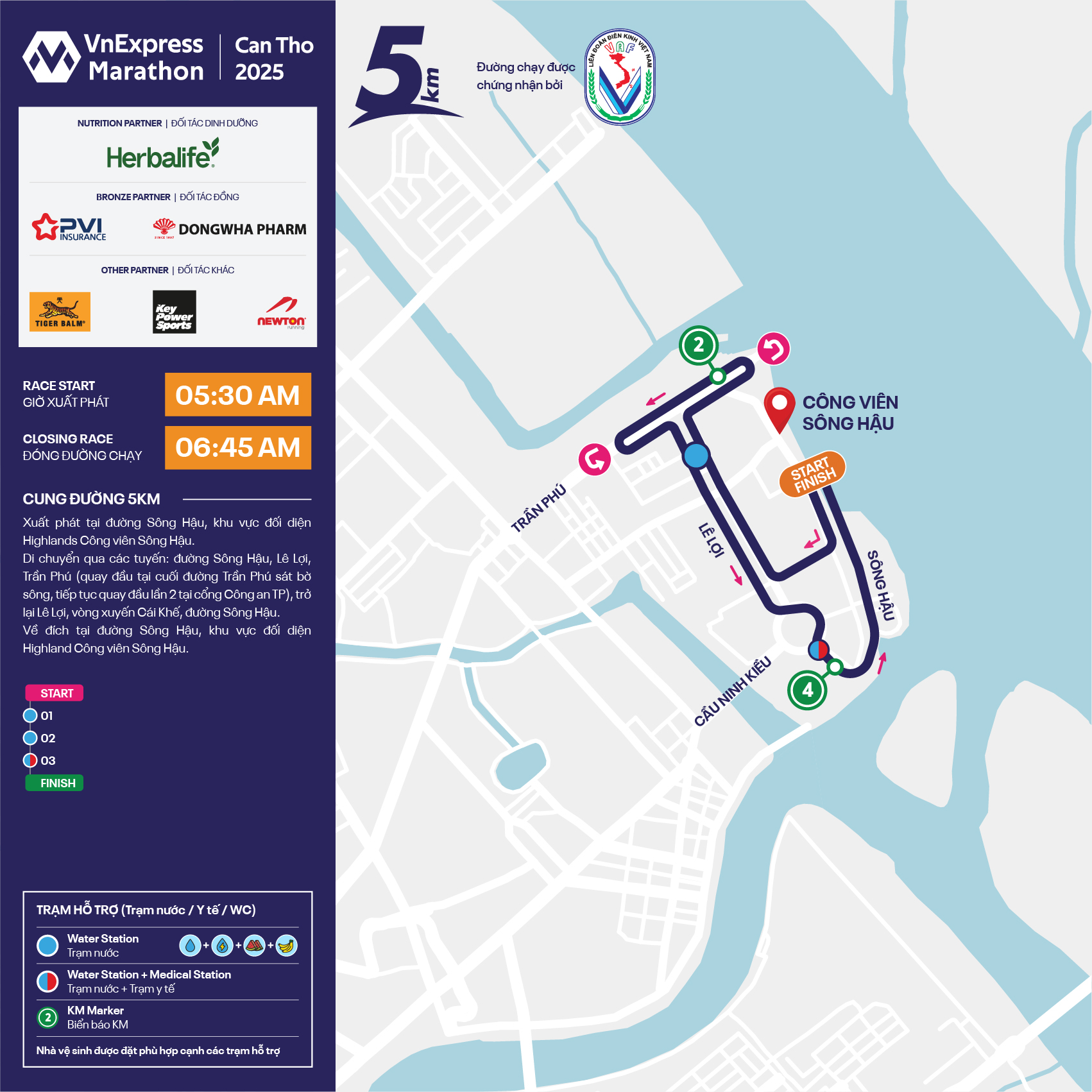 |
The 10km route.
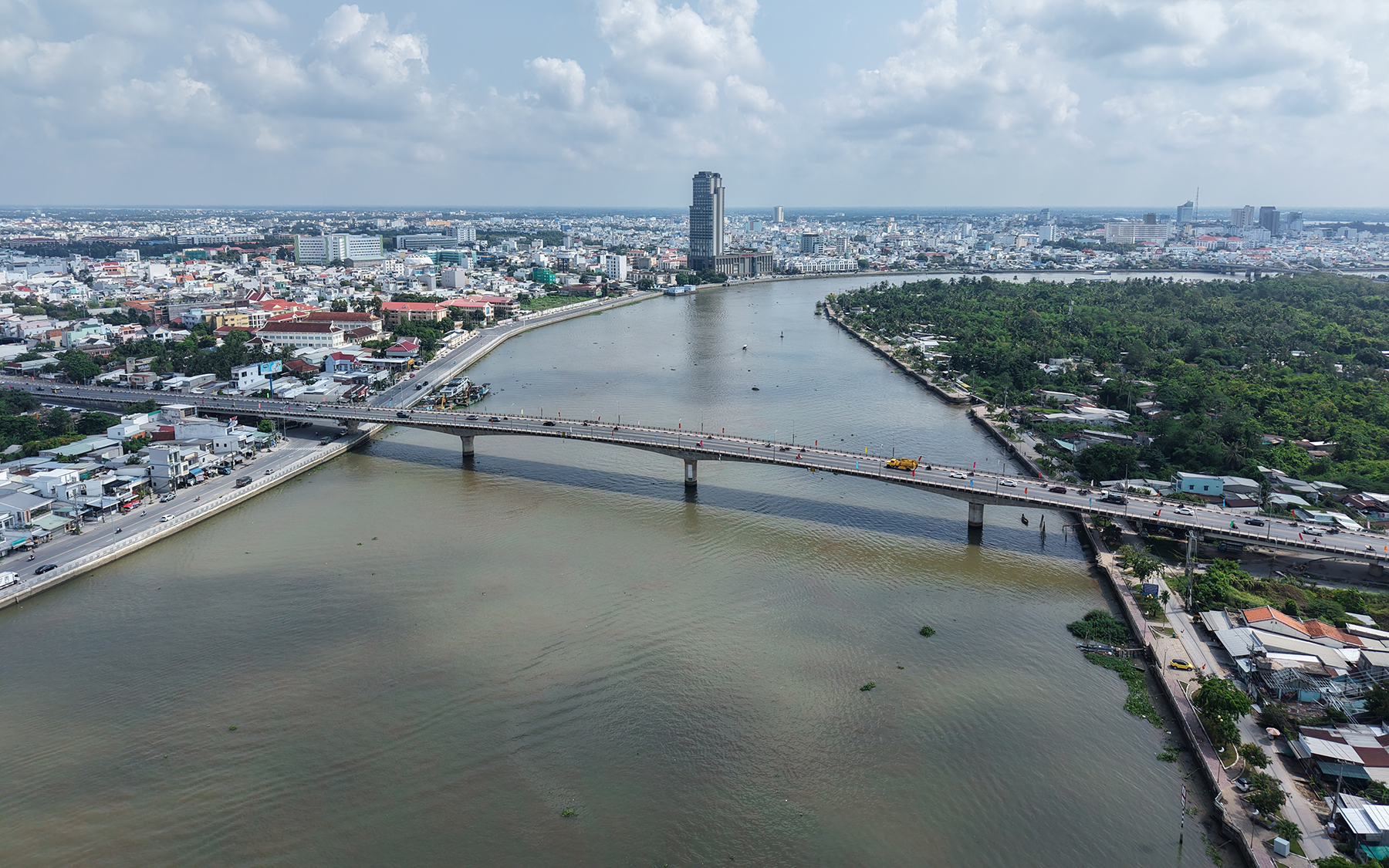 |
The 5km route.
According to Duong Hai Anh, Race Director of the VnExpress Marathon series, limitations in street lighting and road width required careful planning for the Can Tho route.
"Unlike Hanoi, Hue, or Quy Nhon, which offer numerous alternative routes and wider roads for operational flexibility, the Can Tho race demands close coordination with local authorities to minimize traffic impact," he said.
Medical support was enhanced compared to other races in the series. Numerous aid stations were placed along the route, with four main stations equipped for emergencies, focusing on the longer distances and the finish area. Ambulances, mobile medical teams, and rapid response units were on standby 24/7. Other professional standards, such as road width, minimizing sharp turns, and maintaining a smooth flow of runners, were also uniformly applied.
Beyond safety, organizers aimed to create an immersive experience for runners. The route highlighted major bridges, riverside stretches, and the city center, showcasing the Mekong Delta's unique character. "We want the race to be more than just a competition; we want it to be a cultural journey where runners experience the distinct charm of Can Tho," Hai Anh shared.
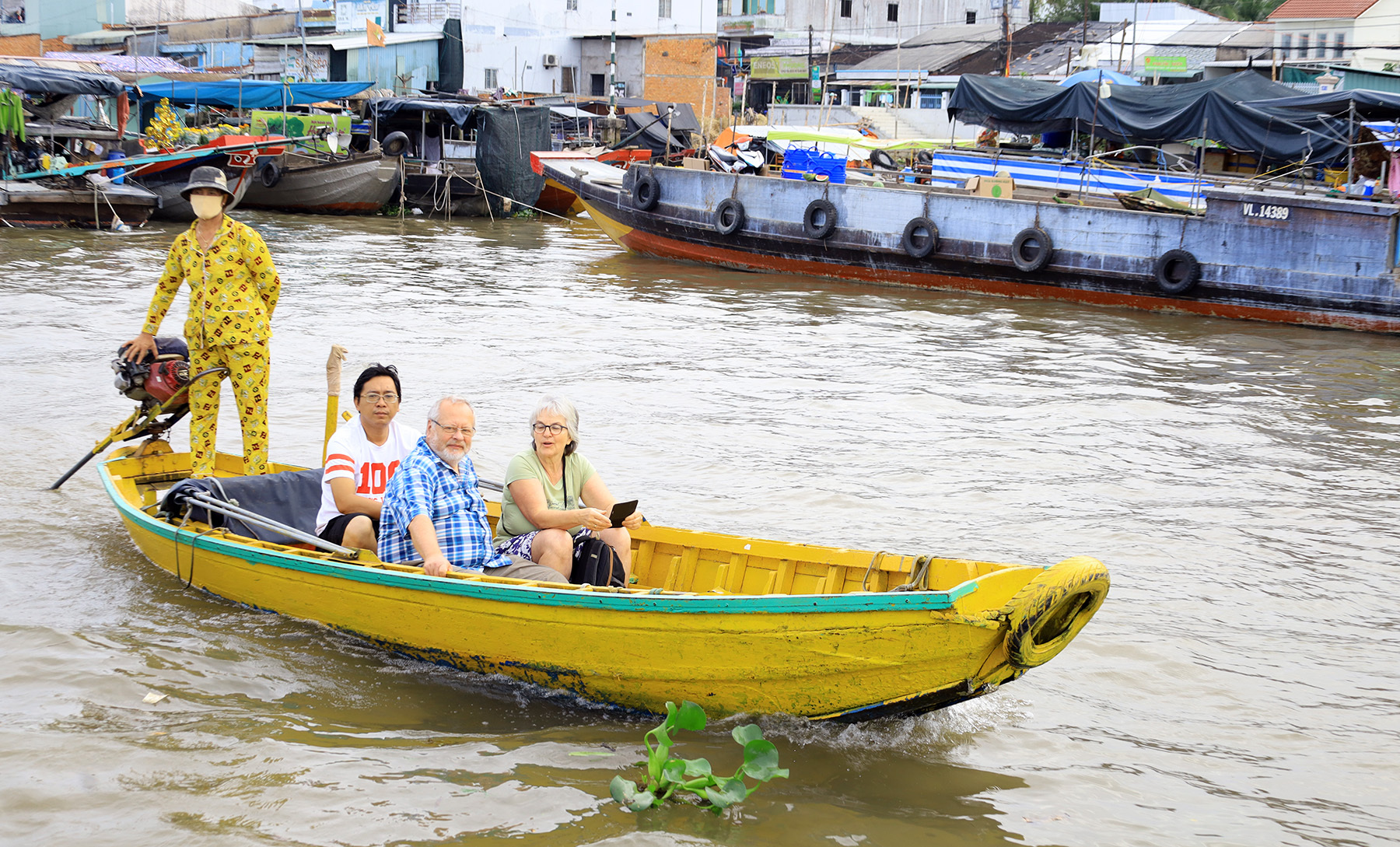 |
Medical and rescue services were reinforced compared to other races in the series. Organizers deployed more aid stations and four main points with emergency equipment, focusing on the longer distances and the finish area. Ambulances, mobile medical teams, and rapid response units were ready to handle any situation.
Professional standards were also prioritized, including road width, minimizing sharp turns, and maintaining a smooth flow of runners. "We also wanted the route to pass by cultural and historical landmarks, allowing runners to experience the unique characteristics of Can Tho while competing," Hai Anh said.
By addressing safety, traffic management, medical support, and incorporating local culture, the VnExpress Marathon Can Tho aimed to meet international standards while leaving a distinct mark.
Lan Anh
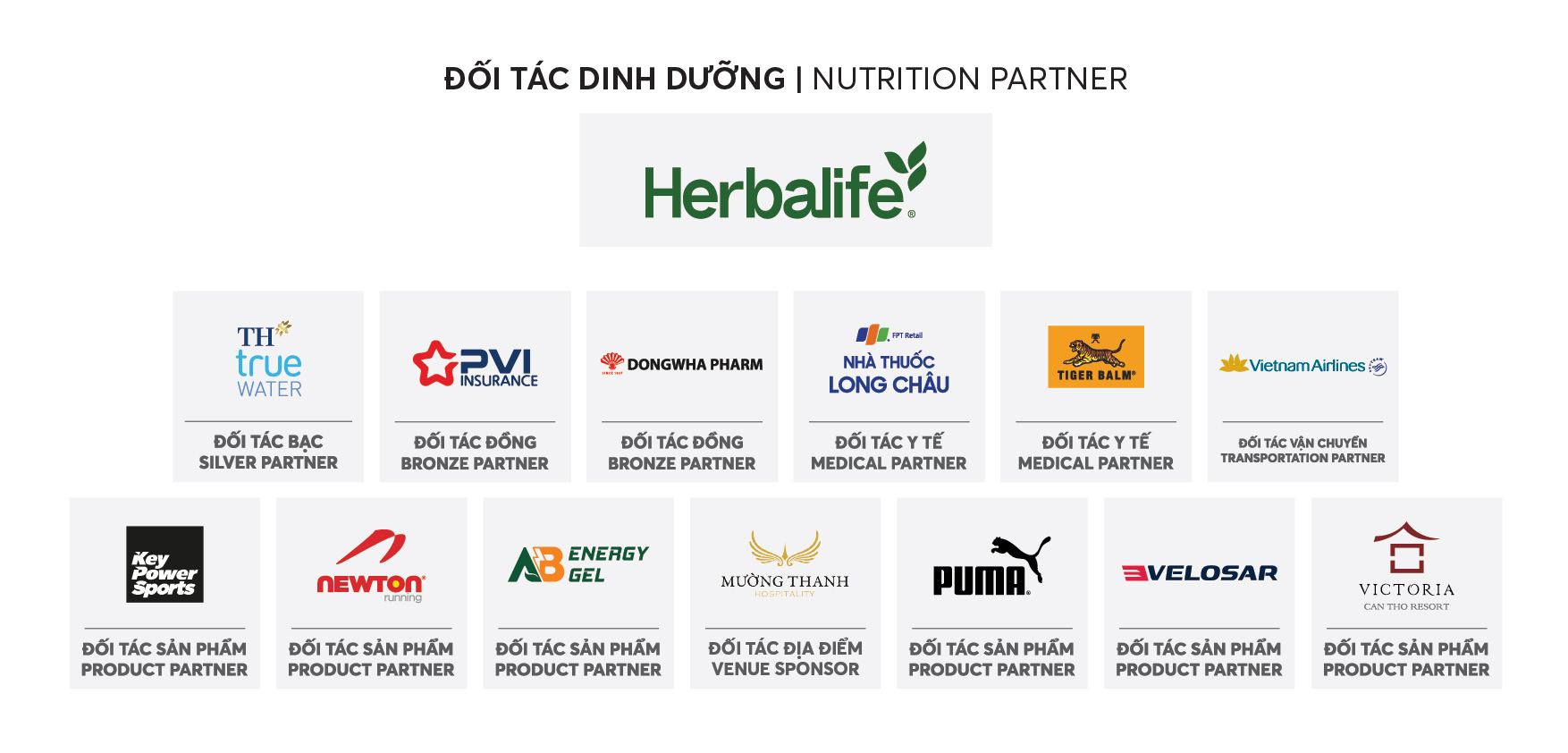 |



